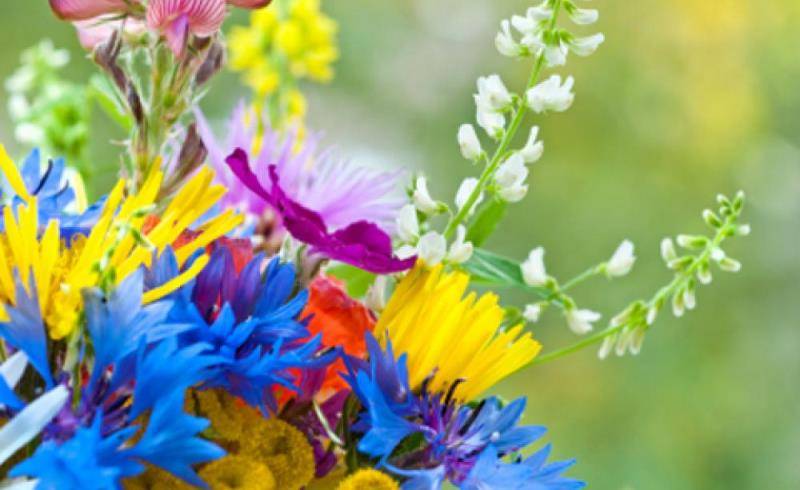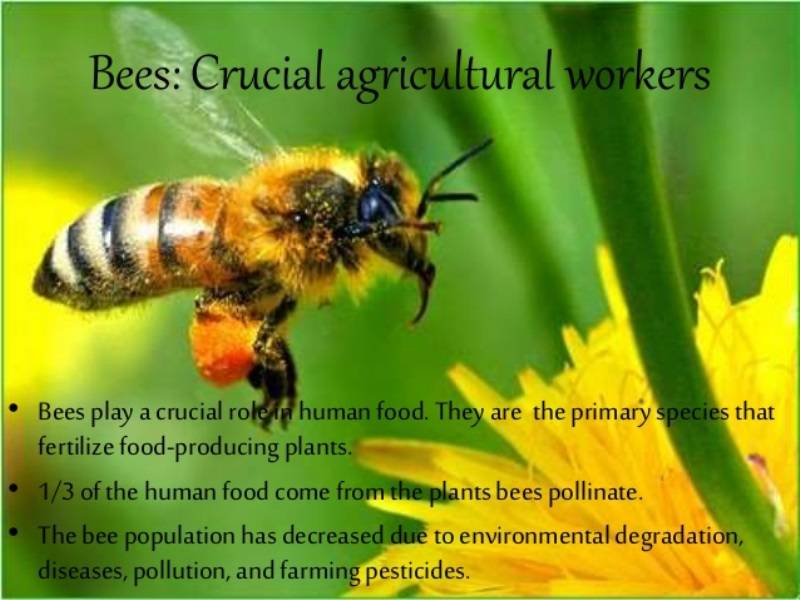
Biodiversity is the diversity of species of plants, animals and other organisms in the world or in a particular habitat. It is also known as biological diversity or ecological diversity. This beautiful planet has given us many things which occur naturally like natural resources, rivers, valleys, oceans, various species of animals and beautiful varieties of plants and trees are some of them. But man is so busy in developing his artificial world that he is spoiling these beautiful natural things.
So we should keep an eye on our activities and stop exploiting the flora and fauna to fulfil our own selfishness. Instead they should contribute to the conservation of biodiversity.
The Beautiful Relationship between Plant & Bees
Since, the immemorial time both plants and bees have co-existed. We all know that the relationship between bees and plants is a Symbiotic type because bees are depended for their food on plants. Nectar provides them with carbohydrate, while pollen supplies protein and in return, bees help with the vital process of plant reproduction. Most bees also depend on plants for shelter. They cross-pollinate flowers, diversify the genetic background of seed, and help plant species reproduce and survive.
Bees can distinguish colours, shapes and scents of flowers. They cannot see red but do perceive ultraviolet light. Bees can reach the hidden nectar in flowers that have complex structures. Their sense of time means they can accurately visit flowers when nectar is secreted and pollen grains are produced. With the evolutionary changes in flowers bees have adjusted themselves. They have in turn influenced the evolution of flowers, causing the flowers to become more complex in colour, shape and structure, reducing the number of floral parts, and influencing the production and protection of nectar. Bees need a clean and healthy environment. The existence of natural bee colonies is a good indicator of a healthy environment. These bees can also be useful in detecting air pollution.

Species of Honeybee
There are five species of honeybee and out of the five honey-producing bee species, 4 have occurred in India since ancient times. They are also found in the Western Ghats.
1) Apis dorsata-the rock bee or giant bee
2) Apis florea-the garden bee or little bee
3) Apis cerana-indica the Indian hive bee
4) Trigona irridipenis-stingless bee or dammer bee
How Human interference has upset balance?
Bees are part of the delicate balance in the ecosystem and the interference by human can upset this balance and disturb the bee populations. On the Mahabaleshwar Plateau, for instance, natural honeybee colonies are reduced to dangerously low levels. In the 1950s and 1960s, natural bee colonies were abundant on the plateau; later local beekeepers found it difficult to procure natural colonies. Deforestation has depleted honey production to such an extent that traders now have to procure honey from other states. What applies to Mahabaleshwar is also the case in many other honey-producing regions in the Western Ghats.
The bees like Indian hive bee, the wild migratory species, Apis dorsata and Apis florea are endangered by deforestation and thoughtless honey collection. The method of crude honey collections have not only reduced the quality of honey but also have damaged the hives and have harmed the bee population.

Maintaining biodiversity
Few desirable features that the beekeeper seeks in bees are capacity to produce honey, disease resistance, low tendency to abscond or migrate, and mild temper. It is possible for some of the beekeeper to breed superior strains of Indian hive bees and the local bee species can be used rather than imported exotic bees which may introduce diseases.
You should know the suitable techniques for extracting honey and wax from wild bee species because if you don’t know then you can reduce the quality of honey and you can also damage the hives and have harm the bee population.
Besides the honey, all three species produce wax, pollen, royal jelly and bee venom. These species are immensely important in pollinating flowers. Apis dorsata has a longer flight range, while Apis florea can work on smaller flowers. Apis indica can be kept for pollination in agricultural or horticultural fields.
Conclusion
The richness of biodiversity is essential for the survival of living beings on Earth. This issue should be taken seriously and strict steps should be taken to conserve biodiversity.










